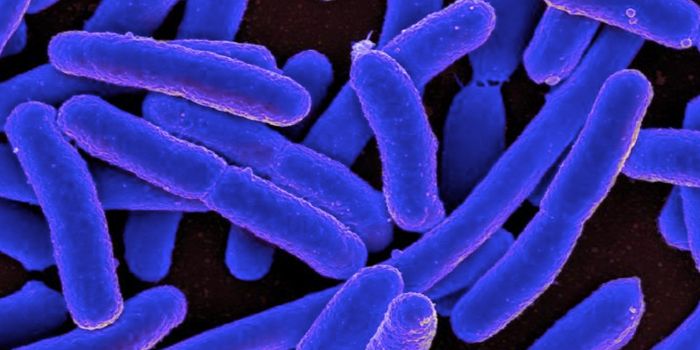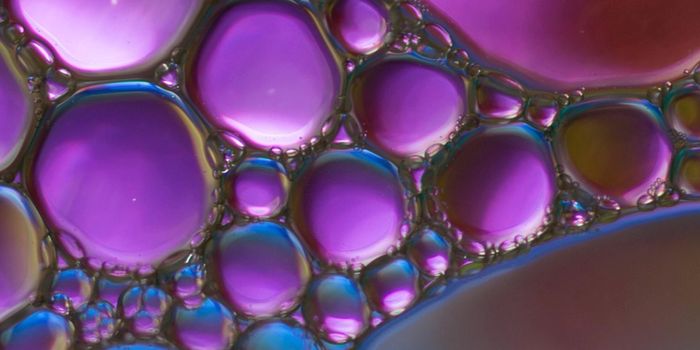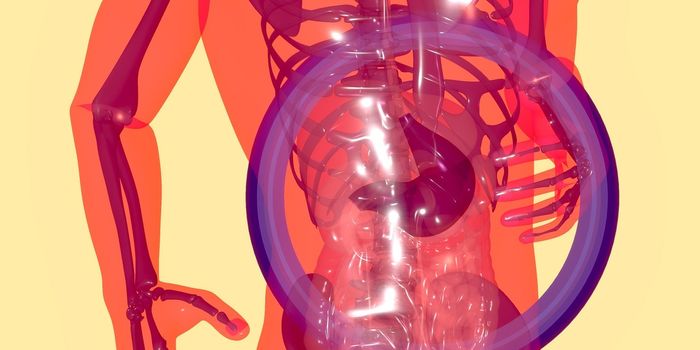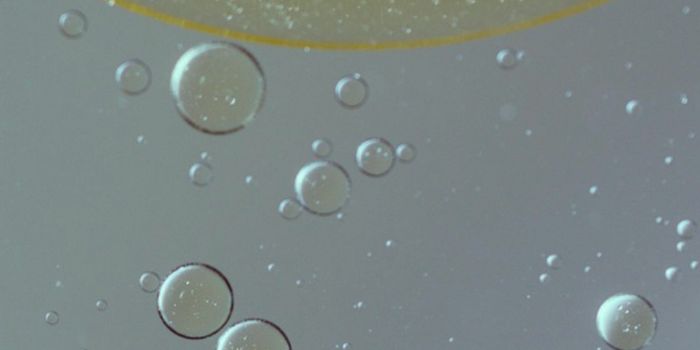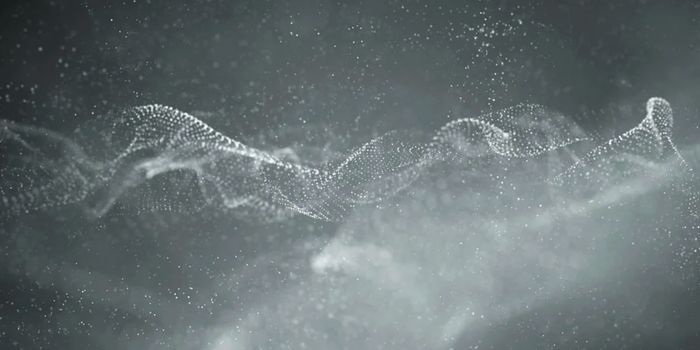Fungi Can Change Their Cell Walls to Evade Antifungals
Fungi are everywhere, and in many cases, a fungal infection can be eliminated by a person's immune system. But fungal infections can also send long hyphae into the body that are extremely difficult to remove once they are established. These infections can be serious and life-threatening, and new fungal pathogens are emerging. It's estimated that over 2 million individuals around the world experience a serious fungal infection annually. Even when patients are treated, mortality rates are often high. It is also especially challenging to develop antifungal drugs because unlike bacteria, which are prokaryotes, fungi are eukaryotes, like humans.
One major fungal pathogen is Aspergillus fumigatus, which is thought to kill about 100,000 people every year worldwide. These infections often resist treatment, and are difficult to eliminate.
Researchers have now gained new insights into how fungi thwart antifungal drugs. This study has shown that fungi that are exposed to antifungals can rearrange their cell walls. It may help researchers develop better antifungals. The findings have been reported in Nature Communications.
“In order to improve the use of and develop new antifungal drugs, we need to understand the target,” said lead study author Tuo Wang, an Associate Professor at Michigan State University. “This is not done easily, because the cell wall is very complex.”
Antifungal drugs usually aim for a fungi's cell walls, because when the cell wall is destroyed a cell cannot survive. A newer class of antifungals called echinocandins targets molecules in fungal cell walls called ß-glucans. While this strategy would usually be effective, fungi have created their own ways of avoiding these drugs.
In this study, the researchers used multiple, sophisticated techniques to image fungi that were exposed to echinocandins. This data was used to create simulations that show how the fungal cell walls change in response to these drugs.
After echinocandin exposure, fungi alter the organization of the parts in their cell walls, and its structure. While ß-glucans levels decline, fungal cells generate other molecules that can secure the cell wall's integrity. The researchers also determined that polysaccharide structures get reshuffled, which increases stiffness and boosts the hydrophobic membrane.
“We found the supramolecular assembly has been fully reshuffled,” said Wang. “This dynamic dance unfolds both at the chemical and nanoscale levels, rendering the cell wall sturdier yet pliable, ensuring survival under stress.”
This action makes the fungal cell walls stronger, and also can remove the drug in many cases, rendering it totally ineffective.
“Biology is wild,” said study co-author Josh Vermaas, an assistant professor at Michigan State University, among other appointments. “Evolutionary pressure allowed for these kinds of mechanisms to develop, but holy moly. How did fungi figure this out?”


